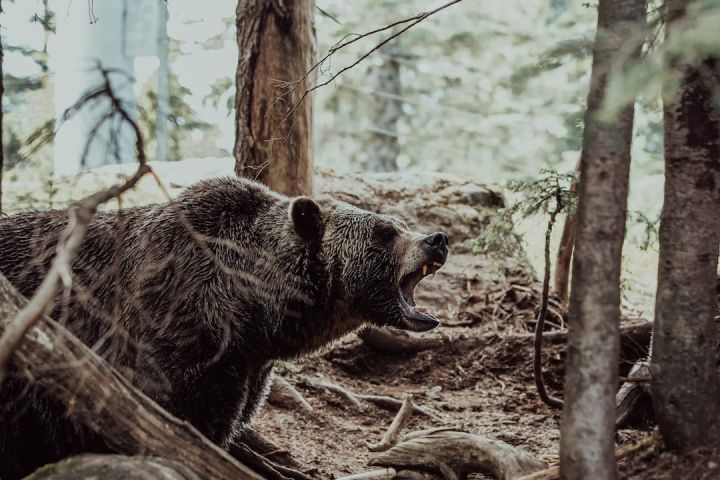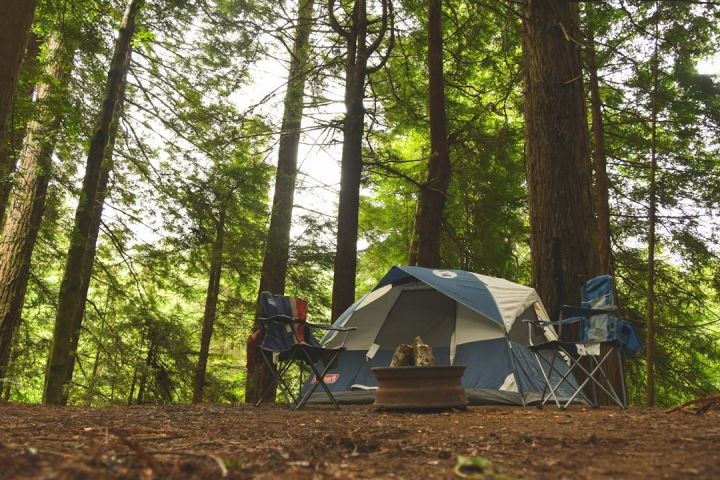Should You Carry a Firearm while Hiking in Bear Country?
Hiking in bear country can be an exhilarating and awe-inspiring experience. The chance to witness these magnificent creatures in their natural habitat is truly a privilege. However, it is also important to prioritize safety when venturing into their territory. One of the most debated topics among hikers is whether or not to carry a firearm for protection against bear encounters. In this article, we will explore the pros and cons of carrying a firearm while hiking in bear country, helping you make an informed decision for your own safety.
Understanding Bear Behavior
Before delving into the debate, it is crucial to understand the behavior of bears. Black bears and grizzly bears, the two most common species found in North America, generally avoid human contact. They are more likely to retreat or ignore humans unless provoked or surprised. However, there are instances where bear encounters can turn dangerous, especially if the bear feels threatened or if it is a mother protecting her cubs. In such situations, it is important to know how to respond appropriately.
Pros of Carrying a Firearm
1. Deterrence: Carrying a firearm can act as a deterrent, potentially intimidating a bear and preventing an attack. The loud noise and flash can startle the bear, giving you time to back away slowly and avoid a confrontation.
2. Last Resort: In extreme cases where a bear charges and there is no other option, a firearm can be used as a last resort for self-defense. It can provide a means to stop an aggressive bear and potentially save your life.
Cons of Carrying a Firearm
1. Ineffectiveness: Using a firearm requires skill and accuracy. In a high-stress situation, it can be difficult to aim accurately, especially if the bear is charging at you. Additionally, some studies suggest that firearms may not always deter a bear, and they might even escalate the situation.
2. False Sense of Security: Carrying a firearm can give hikers a false sense of security, leading them to take unnecessary risks or neglect other safety measures. It is important to remember that a firearm should not replace proper bear safety practices, such as making noise, traveling in groups, and carrying bear spray.
Alternatives to Firearms
1. Bear Spray: Bear spray is a highly effective deterrent and is widely recommended by bear experts. It releases a cloud of pepper spray that can temporarily disable a bear’s senses, giving you time to retreat safely. It is lightweight, easy to use, and has proven to be effective in many bear encounters.
2. Proper Education: Understanding bear behavior, knowing how to recognize signs of aggression, and learning how to react appropriately can go a long way in preventing bear encounters from turning dangerous. Taking bear safety courses and staying up-to-date with current guidelines is essential for hikers in bear country.
Making an Informed Decision
Ultimately, the decision of whether or not to carry a firearm while hiking in bear country is a personal one. It depends on your comfort level, experience, and confidence in handling firearms. However, it is important to remember that firearms should not be seen as a guaranteed solution to bear encounters. They should be considered as a last resort and should never replace proper bear safety practices.
Conclusion: Prioritizing Safety in Bear Country
Hiking in bear country can be a thrilling and rewarding experience, but it is important to prioritize safety. Whether you choose to carry a firearm or not, understanding bear behavior and following recommended safety practices are crucial. Bear spray, proper education, and awareness are often more effective in preventing bear encounters from turning dangerous. By making an informed decision and being prepared, you can enjoy your hike while minimizing the risks associated with bear encounters.






